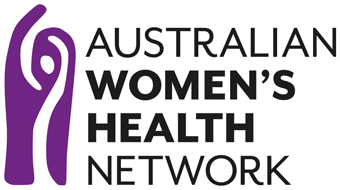Healthy Ageing
Publisher: Australian Longitudinal Study of Women’s Health, 2005
Status – CURRENT
The Australian Longitudinal Study on Women’s Health (ALSWH) provides a picture of ageing that challenges negative stereotypes. At the time of the first survey in 1996, the women in the older cohort were aged 70-75 years. These women were selected at random from the population and represented the full range of health and functioning at that age. At this time over one third of the women rated their health as excellent or very good and fewer than five percent rated their health as poor. By Survey 3 in 2002, although the women were aged 76-81, the overall responses on self-rated health were unchanged.

